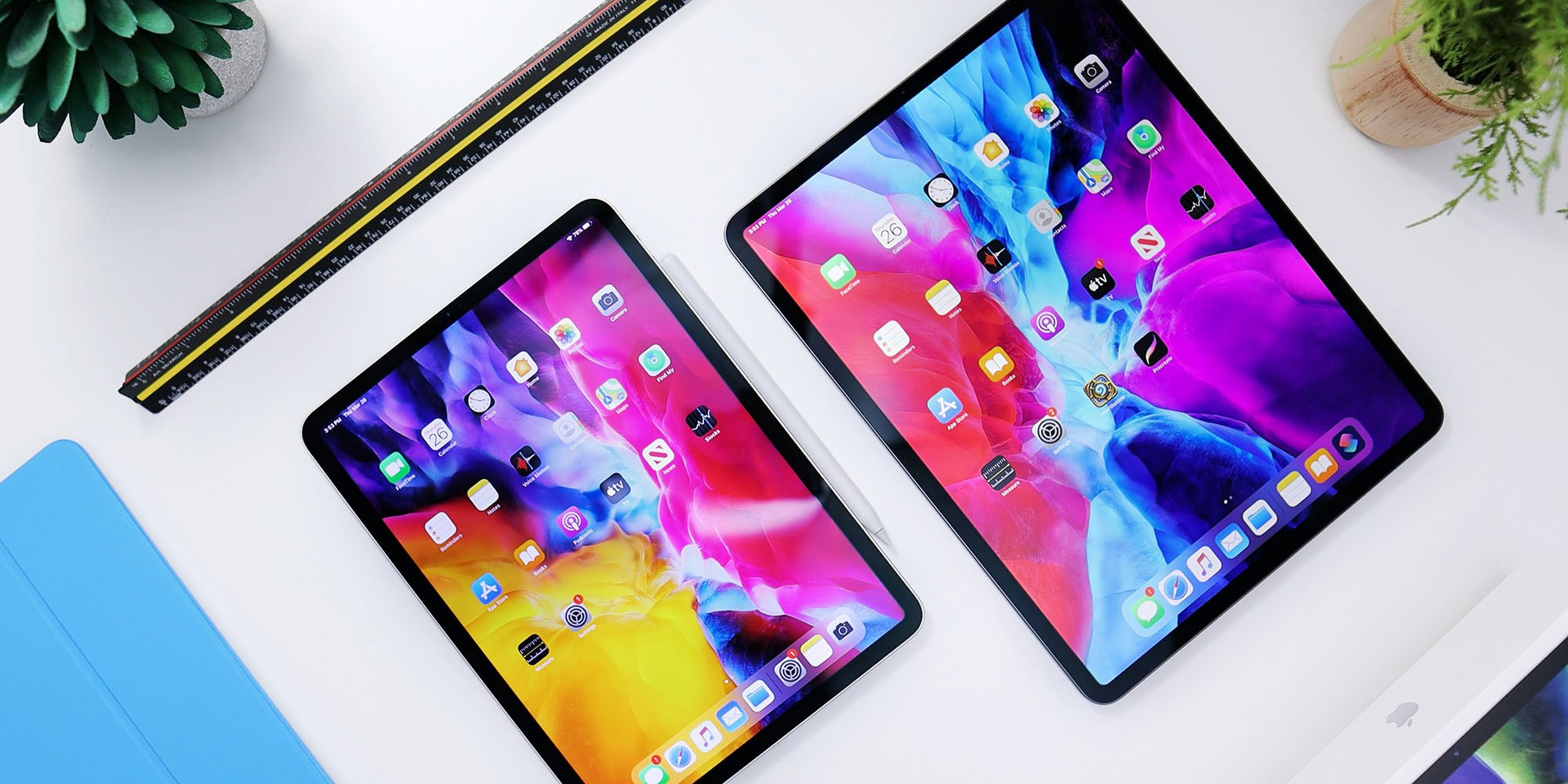
LG Display plans to repurpose its iPad Pro OLED screen production lines to make iPhone displays, following lower than anticipated sales of Apple's latest premium tablet. The South Korean display manufacturer will invest approximately $1.4 billion in this production shift.
The 2024 iPad Pro, featuring an OLED screen and M4 processor, has not generated the expected upgrade cycle among consumers, despite positive reviews. This tepid market response has left LG Display's manufacturing capacity underutilized.
The company currently operates three iPhone screen production lines, and this conversion would boost monthly output by 15,000 screens. However, the transition presents technical challenges due to fundamental differences between iPad Pro and iPhone displays. The iPad Pro uses a two-tandem OLED panel and glass substrate, while iPhone screens employ a single-tandem design with a polyimide base. Different touch screen manufacturing equipment is also required.
The original iPad Pro OLED production line cost LG Display $2.3 billion to establish. Despite the additional investment needed for conversion, the company expects the move to be cost-effective while meeting higher iPhone screen demand.
Industry observers suggest LG Display may develop a flexible production line capable of manufacturing both iPad Pro and iPhone displays. The company currently holds inventory of iPad Pro screens and is likely to begin iPhone display production as soon as feasible, pending Apple's approval.
The iPad Pro's market position has faced additional pressure from the new iPad Air, which now offers a comparable 12.9-inch screen option at a lower price point, though with a less powerful M2 processor. While iPad remains Apple's second most popular device category, it has experienced declining sales over time.